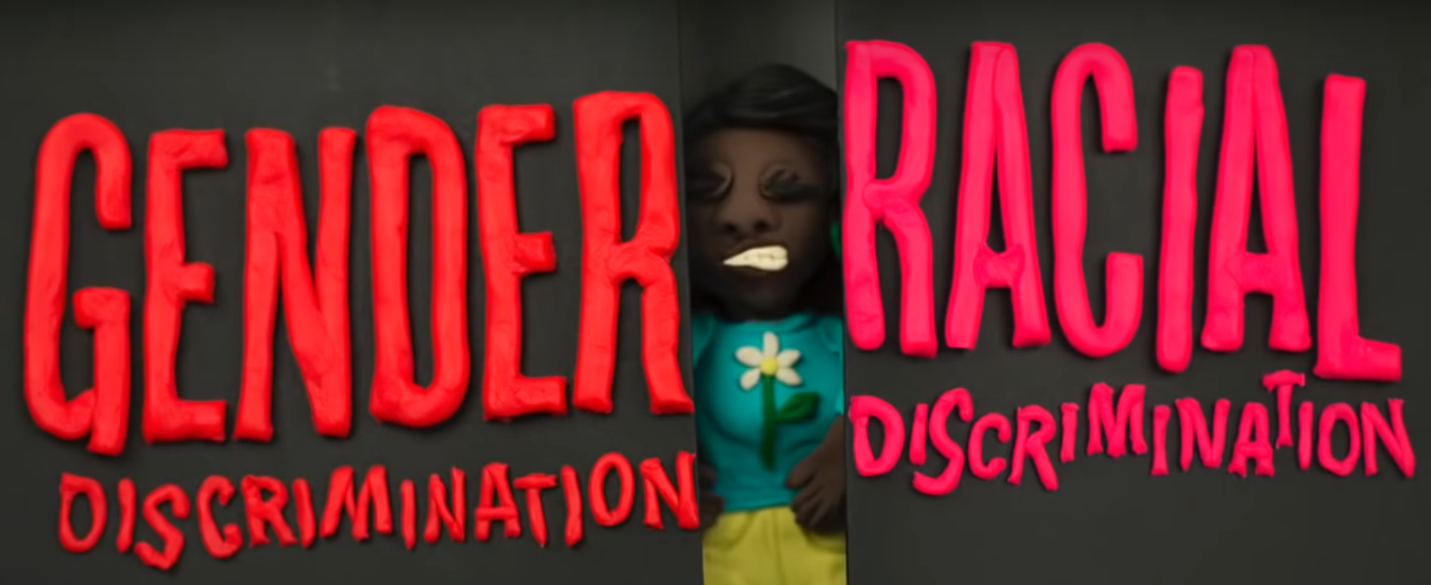Understanding intersectionality
Our understanding of intersectionality is needed because it is important not only to understand the “what” of discrimination but its complexities and “why” it takes place.
Image source: Teaching Tolerance. 2016. Intersectionality 101. Available at https://www.youtube.com/watch?v=w6dnj2IyYjE. Accessed on 21 June 2019.
For example, Crenshaw stated that legislation about race was framed to protect Black men while legislation about sexism was understood to protect white women, and there were no provisions able to respond to the needs of subjects who were at the same time Black and women.
Image source: Teaching Tolerance. 2016. Intersectionality 101. Available at https://www.youtube.com/watch?v=w6dnj2IyYjE. Accessed on 21 June 2019.
Now that intersectionality has become this inescapable magic buzzword, is important to recognise the fact that there are multiple narratives and that it can be useful to look at it through an enriched lens, such as the one suggested by Patricia Hills Collins and Silma Bilge:
“Intersectionality is a way of understanding and analyzing the complexity in the world, in people, and in human experiences. The events and conditions of social and political life and the self can seldom be understood as shaped by one factor. They are generally shaped by many factors in diverse and mutually influencing ways. When it comes to social inequality, people's lives and the organization of power in a given society are better understood as being shaped not by a single axis of social division, be it race or gender or class, but by many axes that work together and influence each other. Intersectionality as an analytic tool gives people better access to the complexity of the world and of themselves.”
Patricia Hills Collins and Silma Bilge, intersectionality’s six key elements: social inequality, power, relationality, social context, complexity and social justice.



